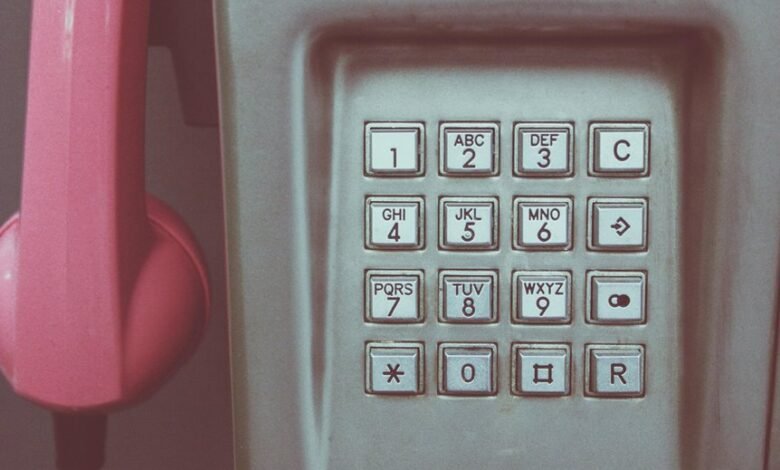Detailed Phone Records: 3373475353, 3373485042, 3373883041, 3374223609, 3377148175, 3377173158

Detailed phone records, such as those from numbers 3373475353 to 3377173158, offer critical insights into communication behaviors and relationships. Analyzing these records can uncover trends in interactions and reveal underlying conflicts. However, this analysis necessitates a careful consideration of ethical and legal frameworks surrounding data privacy. Understanding these complexities is vital, as they influence the interpretation and application of the insights derived from such records. What implications arise when data privacy intersects with communication analysis?
Understanding the Importance of Phone Records
Although often overlooked, phone records serve as crucial artifacts in both personal and legal contexts. They enable phone analytics, facilitating the examination of communication trends and behaviors.
However, their utility raises significant data privacy concerns, as sensitive information can be easily accessed or misused.
Thus, understanding the importance of phone records necessitates a balance between leveraging their insights and safeguarding individual privacy rights.
Analyzing Communication Patterns
Effective analysis of communication patterns reveals significant insights into individual and group behaviors, enhancing the understanding of social dynamics.
By examining call frequency and message trends, one can identify relational dynamics, potential conflicts, and areas of engagement.
Such analysis allows for a deeper comprehension of communication effectiveness, enabling individuals and groups to make informed decisions regarding their interactions and fostering enhanced connectivity and understanding.
Ethical and Legal Considerations
The analysis of communication patterns through detailed phone records raises important ethical and legal considerations that must be addressed.
Privacy concerns permeate discussions surrounding data collection, as individuals may unknowingly forfeit their rights.
Furthermore, the legal implications of accessing and utilizing such records necessitate scrutiny to ensure compliance with regulations, thus protecting personal freedoms while balancing the interests of law enforcement and data privacy.
Conclusion
In conclusion, the analysis of detailed phone records, such as those associated with the provided numbers, reveals intricate communication patterns that can inform understanding of social dynamics. For instance, studies indicate that individuals typically maintain 3-5 close connections, often reflecting a preference for quality over quantity in relationships. This statistic underscores the significance of targeted communication analysis, while highlighting the need for ethical practices in data handling to protect individual privacy amidst the pursuit of meaningful insights.





